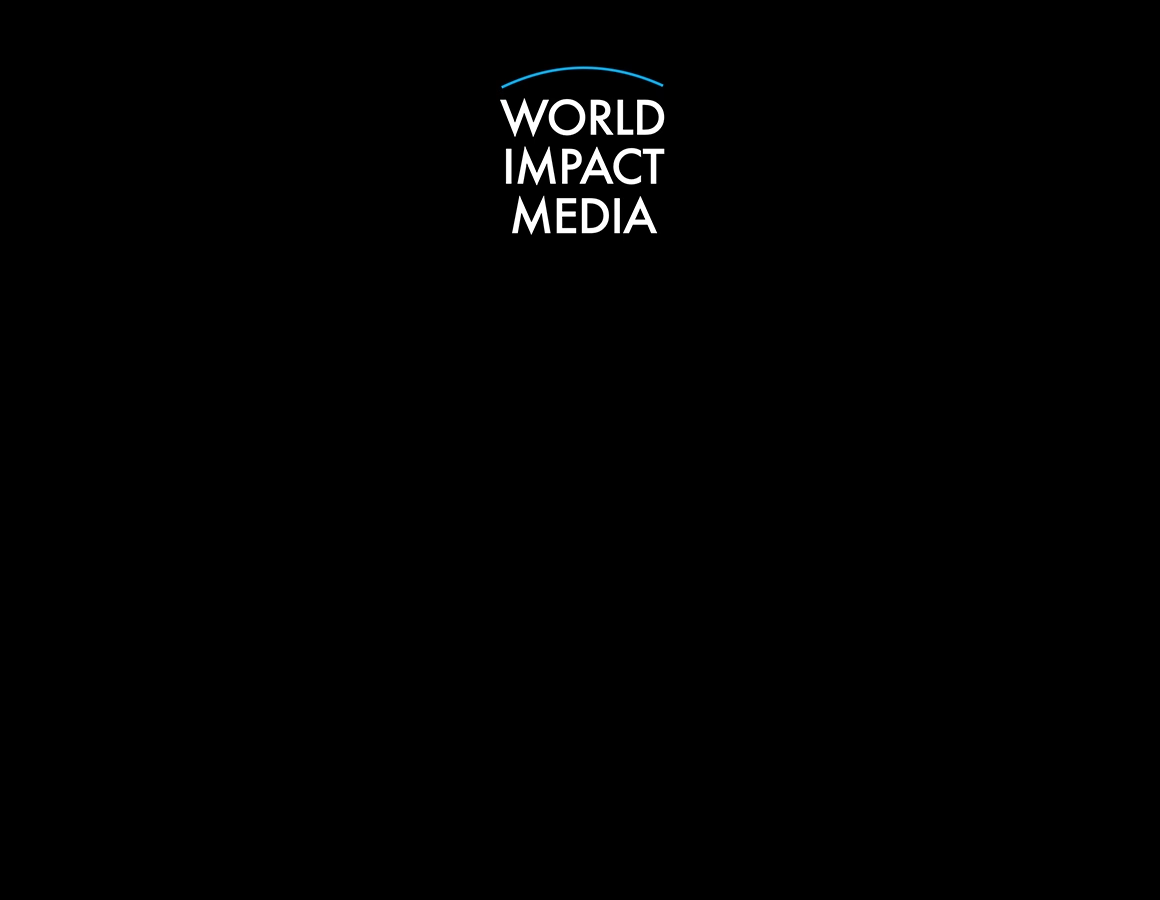Just a few months ago, Wall Street appeared almost unanimous: the Federal Reserve would be forced to begin cutting interest rates aggressively in the latter half of 2025. Traders were pricing in a glide path of reductions, analysts were sketching out scenarios for lower borrowing costs, and equity markets were building a rally on the back of easier money.
Now, those forecasts are quickly unraveling. Stronger-than-expected U.S. economic data has cast doubt on the timing, depth, and even necessity of rate cuts. Instead of marching toward the long-anticipated easing cycle, the Fed may have to sit tight—and possibly even keep the door cracked open to further tightening.
The Market’s Fading Certainty
Back in early 2025, futures markets were pricing in as many as five rate cuts by year-end. The argument seemed straightforward: growth was cooling, inflation was drifting lower, and businesses were increasingly vocal about financing pressures.
But as spring turned into autumn, the data refused to cooperate. Consumer spending remained resilient, housing activity picked up despite high mortgage rates, and labor markets showed few signs of stress. Inflation, while down from its 2022–2023 peaks, has proven sticky at levels uncomfortably above the Fed’s 2% target.
Today, derivatives markets are pricing in just one or two modest cuts at best. Some traders are even hedging for no cuts at all.
Why the Data Matters
Several key data points have pushed markets to reconsider:
- GDP growth: The U.S. economy expanded faster than expected in both Q1 and Q2, fueled by consumer demand and government spending.
- Jobs market: Unemployment remains near historic lows, wage growth is steady, and job creation has surprised to the upside.
- Inflation stickiness: Core inflation readings continue to hover above the Fed’s comfort zone, suggesting price pressures aren’t easing quickly enough.
For the Fed, this mix signals less urgency to provide stimulus—and more caution about stoking inflation again.
Fed Officials’ Changing Tone
Policymakers have noticed. Federal Reserve Chair Jerome Powell, who earlier in the year hinted at the likelihood of cuts in 2025, has shifted his rhetoric. In recent speeches, he has emphasized “data dependence” and warned that inflation progress is “not yet assured.”
Other Fed governors have echoed the sentiment, arguing that premature easing could undo years of inflation-fighting efforts. While no one is openly talking about rate hikes, the absence of dovish language itself is telling.
Market Reactions
The shift has been felt across asset classes:
- Stocks: Equities have wobbled as investors digest the idea that high rates may persist longer. Growth-sensitive sectors like tech, which had benefited from lower-rate hopes, have seen increased volatility.
- Bonds: Treasury yields have moved higher, with the 10-year note climbing back toward levels last seen in 2023, reflecting expectations of tighter-for-longer policy.
- Currency markets: The dollar has strengthened, supported by the prospect of relatively higher U.S. yields compared to Europe and Asia.
In short, what was once a dovish consensus has given way to an environment of uncertainty.
Global Comparisons
The U.S. isn’t alone in reassessing the path forward. The European Central Bank and the Bank of England are facing similar dilemmas: inflation progress is uneven, and growth is holding up better than many feared. By contrast, the Bank of Japan is still gradually exiting negative rates, making the U.S. look relatively hawkish.
The divergence highlights how central banks globally are grappling with the post-pandemic economic puzzle, where traditional models of slowing growth leading to lower inflation don’t seem to apply as neatly.
What’s at Stake
For households and businesses, the implications are significant. Mortgage borrowers who hoped for relief may face higher-for-longer rates. Corporations planning refinancing or debt issuance must recalibrate their strategies. And for Washington policymakers, the cost of financing ballooning deficits remains a pressing concern.
For markets, the risk is twofold: if inflation remains sticky, the Fed may delay cuts indefinitely; if growth suddenly slows, the Fed could be caught behind the curve. Either way, the narrative of smooth, predictable rate cuts through 2025 has evaporated.
The Road Ahead
The Fed’s next moves hinge entirely on upcoming data. If inflation moderates and the labor market shows signs of slack, the case for cuts could revive. But if the economy keeps powering forward, the Fed may have little choice but to maintain its restrictive stance deep into 2026.
For investors, that means navigating a landscape of uncertainty. The once ironclad assumption of rate cuts has dissolved into a murkier picture—where timing, magnitude, and even direction are up for debate.
In the words of one strategist: “The market’s party for rate cuts may be over before it even began.”
















